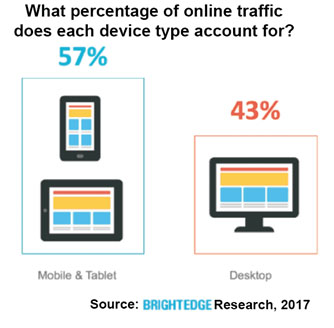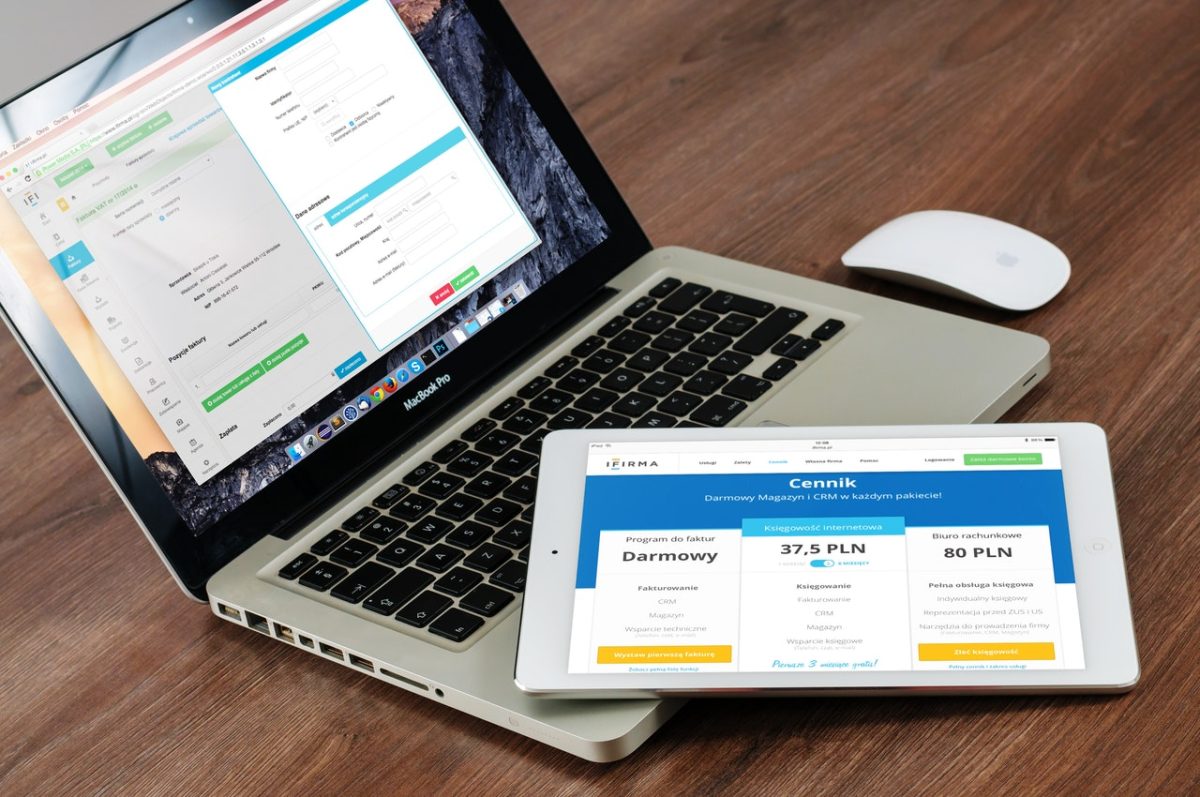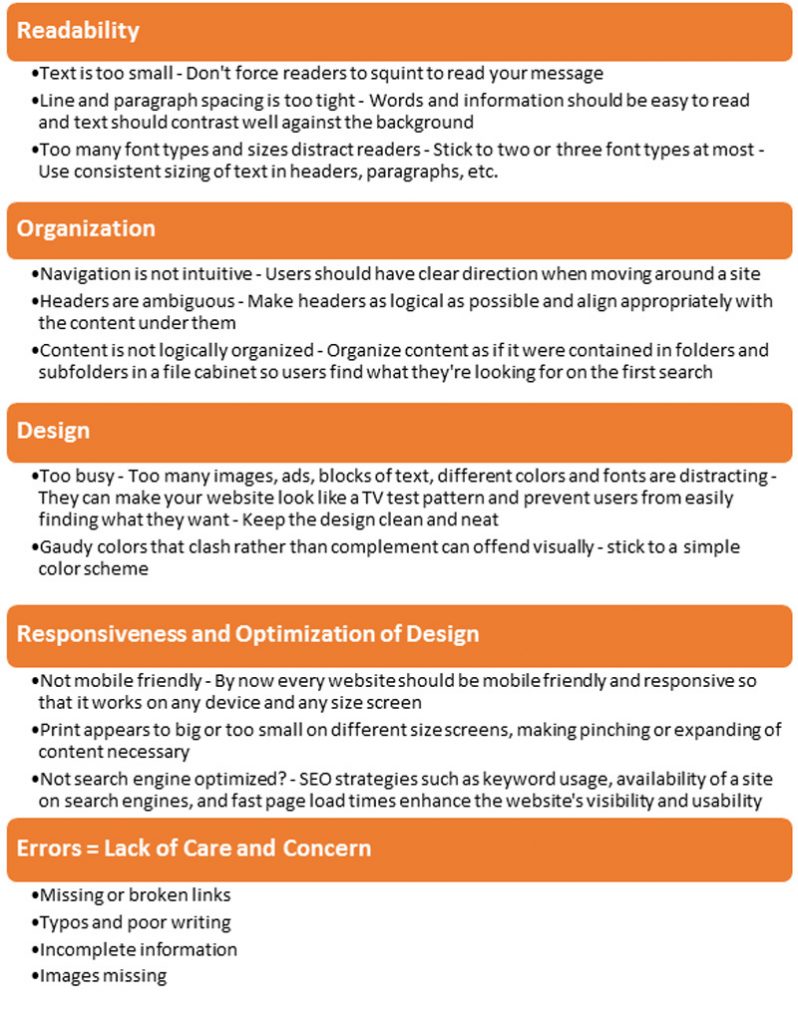Over the past decade, smartphones, tablets, and PCs have facilitated a vast and virtually ubiquitous online presence. Smartphones and tablets, in particular, have revolutionized the way consumers seek, search, and shop for their goods and services. These days, consumers anywhere can, with a few quick keystrokes, connect with local businesses at any point, and from any channel, in a matter of seconds. While mobile SEO, searches and design have gained significant traction over the last couple of years, accounting for over half of all online traffic, the prevalence of desktop searches should not be overlooked or underestimated.
Mobile versus Desktop: How Do They Differ?
You might be surprised to learn that, despite the ongoing debate about which device is preferable, SEO for mobile and desktop adhere to the same basic principles and best practices. That said, there are some key differences that must be acknowledged and implemented into your overall strategy for each platform. Let’s begin by exploring why mobile and desktop have different rankings, how to compare them, and what these differences mean for your long-term SEO goals.
According to recent statistics gathered by web experts at BrightEdge, 79 percent of listings have a different rank on mobile devices compared with PCs or desktops. Furthermore, they found that the top-ranking result for a given query is different on desktop and mobile 35 percent of the time.* So, what do these statistics really suggest? First, that mobile and desktop searches use vastly different algorithms to determine SERP listing data, and second, that any successful Search Engine Optimization strategy requires a highly developed understanding of user intent.
Most popular browsing platforms—Internet Explorer, Firefox, and Google Chrome—are working to provide the best user experience for searchers, regardless of what device they are using to conduct the search. In order to do this, however, they need to establish some degree of user intent; in short, they need to anticipate the needs of the users and meet them accordingly. Although user intent differs per person (and device) the general consensus is that the intent of mobile users is more immediate and transactional, whereas the intent of desktop users is more generic and informational.
Based on the preceding generalizations, we can further surmise that users conducting searches on their mobile devices are more likely to seek and yield localized results, whereas users searching for products or services on a desktop are more likely to browse generally on various ecommerce sites.
Search Engine Optimization, SEO, is also inextricably linked to the conversions likely to occur on each device. Those of us with smartphones, for example, know firsthand how convenient the click-to-call feature is, which is what most users use. Conversely, desktop users are more inclined to send emails or submit contact forms regarding their specific inquiry.
Deciphering User Intent Through Micro-Moments
Google anticipates and interprets user intent by examining their micro-moments; that is, by analyzing the ways consumers behave online. Using these micro-moments, the search engine can process the incoming queries accordingly. If a user is searching for a product or service in Plymouth Meeting, a map proximate to their location will appear. Alternatively, if a user is searching for specific information, the Google “Quick” answer box will readily appear.**
Micro-moments are particularly telling for mobile users, who are generally in need of immediate results. As an example, a mobile user searching for “fresh produce” is likely looking to buy fresh produce right away, so SERP may return a local map showing grocery stores or farm stands nearby.
Alternatively, on a desktop, a user searching for “fresh produce” is more likely conducting a general search. The user could be looking to order fresh produce online, but they could also digress to researching the health benefits of fresh produce, searching for recipes, or looking at other pertinent content.
In sum, these micro-moments impact how SERP is constructed, and determine the relevancy of the content that appears. Site developers, marketers, and webmasters need to recognize how mobile users interact in these micro-moments—as well as how intent differs between mobile devices and desktop—if they want to ensure that the generated content corresponds to both device and user intent.
What Does the Future Hold for Online Searches?
In 2015, Google confirmed that mobile searches officially surpassed desktop searches worldwide. Two years later, in 2017, research conducted by BrightEdge showed that 57 percent of all online traffic comes from mobile devices like smartphones and tablets.*

In 2018, mobile searches are continuing to outpace desktop searches, and this upward trend is projected to continue well into the future. As a response to this surge of mobile users, Google is developing a “mobile-first” algorithm as a way to compel webmasters to design their mobile sites first, prior to designing their desktop sites.
The popularity of mobile searches, however, does not diminish or negate the importance or prevalence of desktops, which account for 43 percent of all online traffic. Similar to mobile devices, desktops generate their own SERPs. Furthermore, descriptive keywords and longer articles are better suited, at least presently, for desktops and PCs.
Whatever the future holds for online searches, it is essential to have separate SEO strategies for both platforms and to track and monitor their performances regularly. Free resources like Google Analytics, for example, provide a fuller picture of such metrics — including advertising impressions, affiliate clicks, engagement rates, conversions and revenue rates, and even what percent of search traffic comes from mobile devices and desktop, respectively. These metrics will allow you to see how well you are reaching your target demographic, and also how users interact with your site on both platforms.
For best results, you would do well to hire a professional marketing company with the expertise to develop content that is compatible on both mobile devices and desktops. If you need assistance making your website responsive and mobile-ready, Perfexion, Inc. is here to help. Our qualified professionals specialize in managing and maximizing clients’ web content, ranking, and search results traffic.
WEBSITE pfxn.com
E-MAIL hello@pfxn.com
CALL 610-783-7660
SAY HELLO
* https://searchengineland.com/mobile-desktop-seo-different-results-different-content-strategies-281643
** https://searchenginewatch.com/2018/05/08/seo-strategies-and-keyword-rankings-mobile-versus-desktop/





